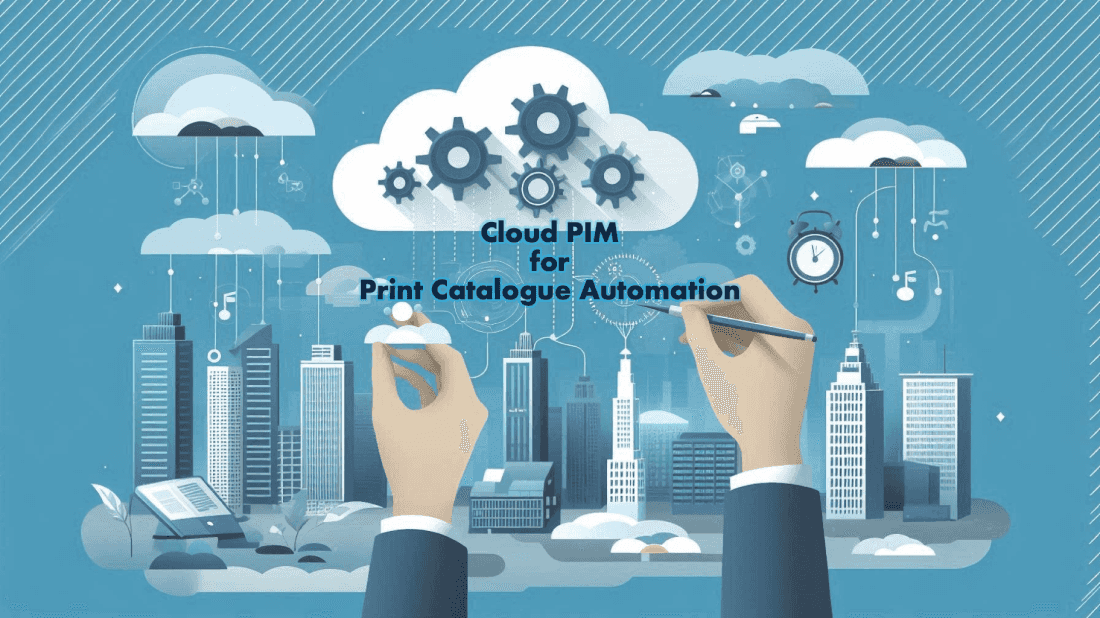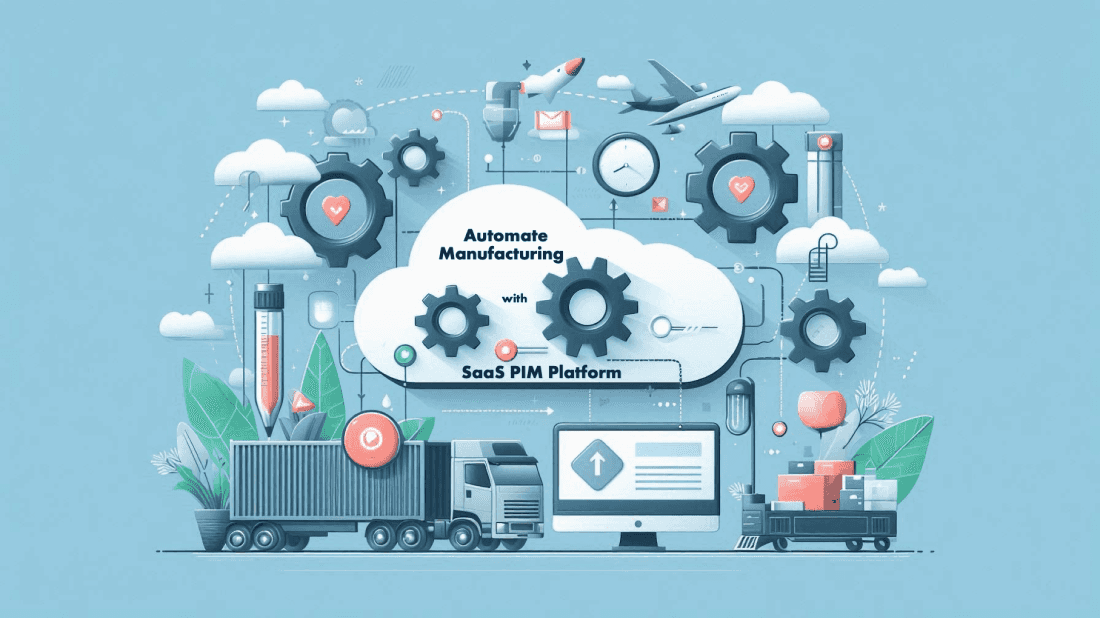Apr 28th, 2024
Streamlining PIM Deployment for B2B Manufacturers: Essential Strategies
Categories:Product Information Management SystemImplementing a Product Information Management (PIM) system can be transformative for B2B manufacturers, but the process comes with its challenges.
At Neurologik, we understand the complexities involved and strive to make our PIM software as intuitive as possible. Yet, successful PIM deployment requires meticulous planning and collaboration across various functions like sales, marketing, and compliance.
Here are several pivotal steps and additional insights to ensure you get the most from your PIM implementation:
- Clarify Your Implementation Vision Implementing any technological solution without a clear goal and a strategic roadmap is a common pitfall. For PIM implementation, define clear business objectives, set strategic goals, identify key performance indicators (KPIs), and outline the steps needed to achieve these goals. A well-defined plan helps integrate technical requirements like system configuration, modularity, automation, and necessary integrations, ensuring a comprehensive approach to your PIM deployment.
- Align Expectations with PIM Capabilities While modern PIM systems offer extensive capabilities such as automating manual tasks and streamlining content distribution, they are not a catch-all solution. It's crucial to have realistic expectations about what PIM can achieve, focusing primarily on managing and optimizing product data. For needs outside of PIM’s scope, such as managing extensive digital assets, consider integrating a Digital Asset Management (DAM) system with your PIM.
- Proactively Manage Data Migration Challenges One of the most significant challenges in PIM implementation is underestimating the complexity of data migration. If merging data from various sources, ensure clarity in data collection, communication, and distribution protocols. Conduct a thorough data audit early in the project to assess the quality and structure of the data you’ll be integrating into the PIM system.
- Initiate PIM Without Waiting for Perfect Data Waiting for data perfection before starting PIM implementation can delay the benefits of PIM, including improved data management and quality. PIM systems are designed to help clean and organize data, so postponing its implementation to first organize your data can be counterproductive.
- Engage Stakeholders from the Start Ensure early and active involvement of all key stakeholders from various departments. This inclusion helps tailor the PIM solution to meet diverse needs and ensures that the implementation supports existing workflows positively, enhancing buy-in and reducing resistance.
- Tailor Training to User Needs Assuming that all team members have the same understanding of PIM as the implementation leaders is a mistake. Tailor training sessions to meet the specific needs of different user groups within your company, ensuring that everyone understands how to use the new system effectively.
- Continuously Evaluate and Adjust PIM Processes Once PIM is implemented, continuously monitor its performance against the set KPIs and make adjustments as needed. This proactive approach ensures that the PIM system evolves with your business needs and technology developments.
Neurologik’s Commitment to Effective PIM Solutions
At Neurologik, we recognize that a well-implemented PIM system is crucial for B2B manufacturers. We support our clients through every step of their PIM journey, from planning and implementation to ongoing support and optimization. Neurologik ProductHub is designed to integrate seamlessly with existing ERP systems and other tech stacks, enhancing product data management, digital assets management, and overall operational efficiency.







